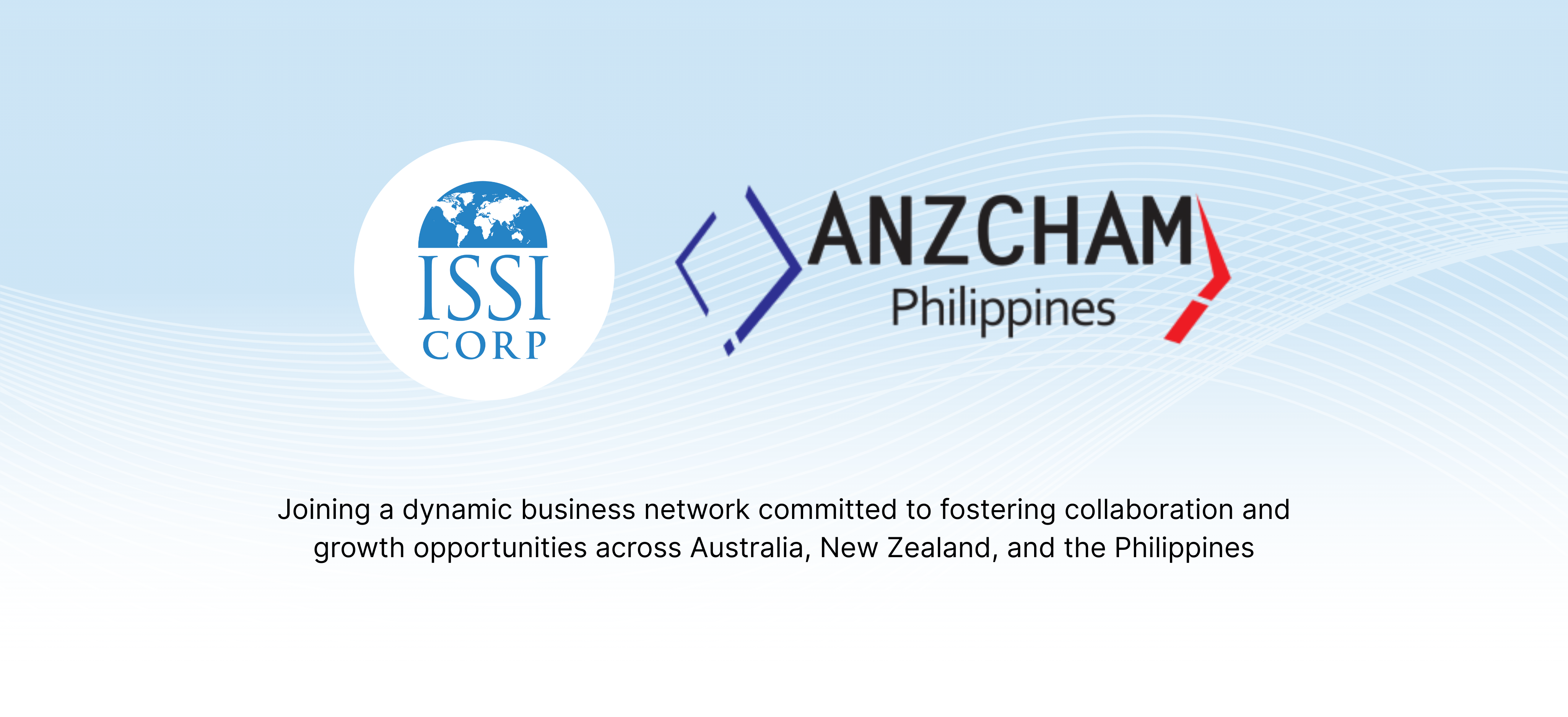The Three Metrics That Help Prudential’s Leaders Glean the Real Story of Leave Management Performance

Step into any operations review for workplace leave and absence management and you will see the same thing: a wall of KPIs. Days to decision. Claimant satisfaction. Call handle time. Employer retention. Each number is tracked closely, reported regularly, and debated at length.
The problem is that none of these numbers exist in isolation. A fast claims process can hide an increase in errors. High satisfaction scores might mask a growing risk of employer attrition. The real story is not told by each dial on its own but by how they move together.
For leaders running programs like OneLeave™, the most revealing measures are compound metrics. These blend speed, quality, and commercial impact into one view and show whether the operation is performing in a balanced and sustainable way.
1. Claim Resolution Quality Index (CRQI)
Formula:
First Contact Resolution Rate × (1 – Error or Rework Rate)
CRQI answers the question: How often do we get it right the first time?
Consider two teams:
- Team A resolves 85 percent of claims on the first contact, but 10 percent are later reopened due to errors or missing information.
- Team B also resolves 85 percent on the first contact, but only 3 percent are reopened.
On the surface they look the same, but the calculation tells a different story:
- Team A: 0.85 × (1 – 0.10) = 76.5 percent
- Team B: 0.85 × (1 – 0.03) = 82.5 percent
That six-point gap represents hundreds of claims that are resolved cleanly the first time, saving hours of rework, improving compliance, and building claimant trust.
2. Experience-Adjusted Cycle Time (EACT)
Formula:
Average Days to Decision ÷ Claimant CSAT ScoreCycle time can be misleading. If you reduce the average decision time from eight days to five but claimant satisfaction drops from 9.0 to 7.5, the experience has not truly improved. Here is how it plays out:
- Before: 8 days ÷ 9.0 = 0.89 days per satisfaction point
- After: 5 days ÷ 7.5 = 0.67 days per satisfaction point
The lower number means each day in the process is delivering more satisfaction value. That is the kind of efficiency that feels good to claimants rather than rushed or impersonal.
3. Employer Impact Index (EII)
Formula:
Employer Satisfaction Score × (1 – Contract Renewal Risk %)
OneLeave™ serves claimants, but it also serves HR and benefits teams. They are the ones who decide whether to keep Prudential as their vendor.
Imagine employer satisfaction is strong at 8.5 out of 10, but renewal risk sits at 12 percent.
- EII = 8.5 × (1 – 0.12) = 7.48
Now drop renewal risk to 6 percent while keeping satisfaction steady:
- EII = 8.5 × (1 – 0.06) = 7.99
That 0.51 jump signals a much stronger commercial position. Fewer at-risk contracts mean more stable revenue and greater leverage during renewals.
Why These Three Work Together
CRQI keeps the operation honest by showing whether claims are resolved quickly and correctly. EACT checks whether efficiency improvements are actually improving the claimant’s experience. EII ties service delivery directly to retention of the book of business.
Any one of these measures can look healthy in isolation, but all three together reveal trade-offs. A dip in CRQI means speed is creating rework. A change in EACT means efficiency is not translating into better experiences. A drop in EII means employer loyalty may be eroding even if claimants are happy.
How the Right Partner Can Help Move All Three
Optimizing this scorecard requires more than small workflow adjustments. It means aligning operational design, claimant experience, and employer outcomes. The right partner can:
- Improve CRQI by adding skilled capacity to handle complex claims cleanly the first time
- Lift EACT by embedding proactive communication so speed feels personal
- Strengthen EII by supporting employer-facing teams, reducing escalations, and improving HR admin confidence
One example from another regulated service area: after adding a partner team for overflow and complex reviews, CRQI improved by nine points, EACT improved by 0.2 days per satisfaction point, and employer renewal risk dropped by five percent in one year.
For a business line as sensitive and high-stakes as leave management, these three compound metrics tell the story better than any single KPI. Leaders who track them together and resource their teams accordingly will run smoother operations, build claimant trust, and strengthen employer loyalty in the same move.











